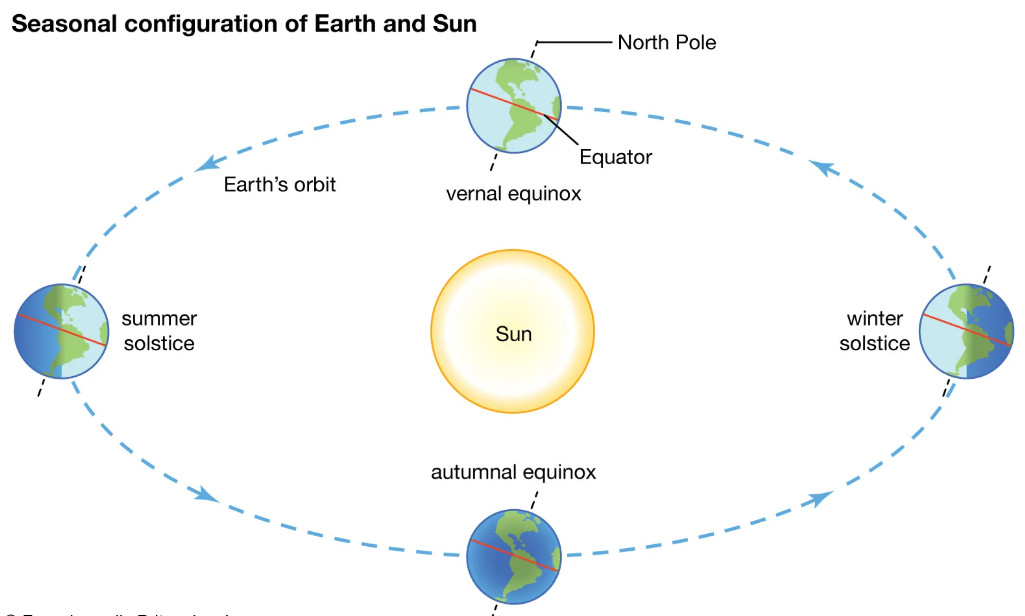7667766266
enquiry@shankarias.in
Syllabus
Prelims – Physical geography of world
March 20 marks the start of the spring season for the Northern Hemisphere and autumn (fall) in the Southern Hemisphere, with the arrival of the Spring equinox.
